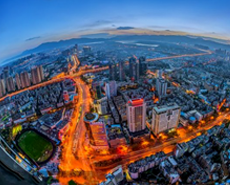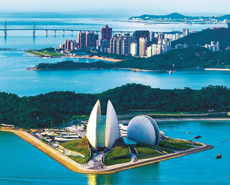
Fearless and Forging ahead for HRC Export
----Interview with Fu Guanghao
Deputy Director
Sinomaterial International Co., Ltd.
Deputy Director
Sinomaterial International Co., Ltd.
Registered in Hong Kong, Sinomaterial International Co., Ltd. is a China based company majoring in steel imports and exports. Focusing on the most advantageous resources in China, we are determined to extend China's steel industry to the world. With years of industry experience and bank support, we conform to the trend of the development of the times and combine the traditional trading, logistics and finance together.
Asian Metal: Good afternoon, Mr. Fu. Thanks a lot for agreeing to the interview. Please could you briefly tell us about your company.
Fu: It's my pleasure. Generally speaking, there are three major parts of our company, export, import and international trading. To specify, we export flat and long steel produced by Chinese mills to other countries. We import high value-added steel products from South Korea and Japan and then sell to Chinese domestic end users. We transport materials directly from one overseas country to another without arriving at ports of China.


Asian Metal: Where are your materials exported? How about customers?
Fu: We mainly export to Southeast Asian countries and regions because of geographical advantages. Meanwhile, some of our materials are sold to Middle East, Europe, South Africa and South America. More than 90% of materials are delivered to end users and used for home alliance, auto parts, steel structure and so on.

















